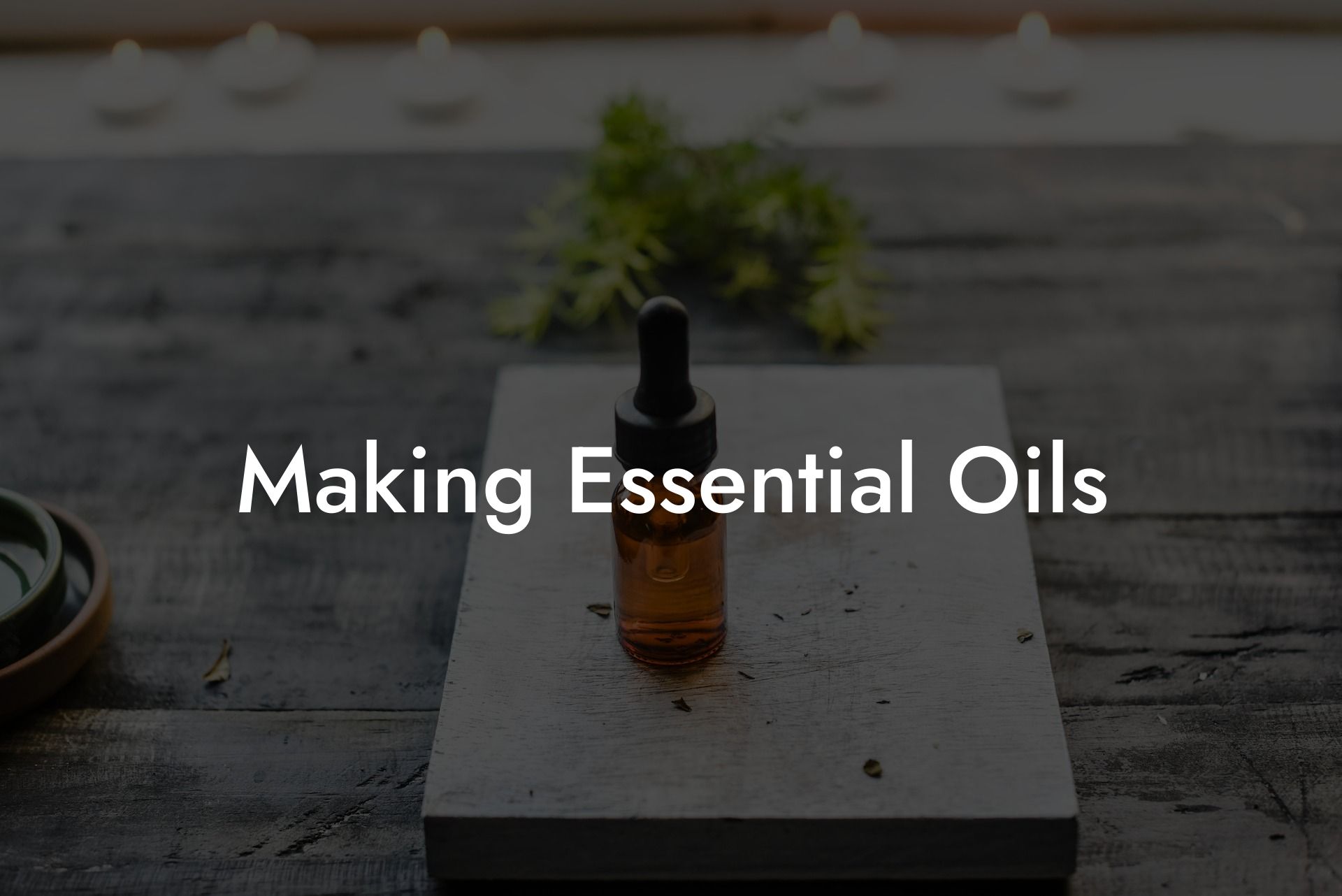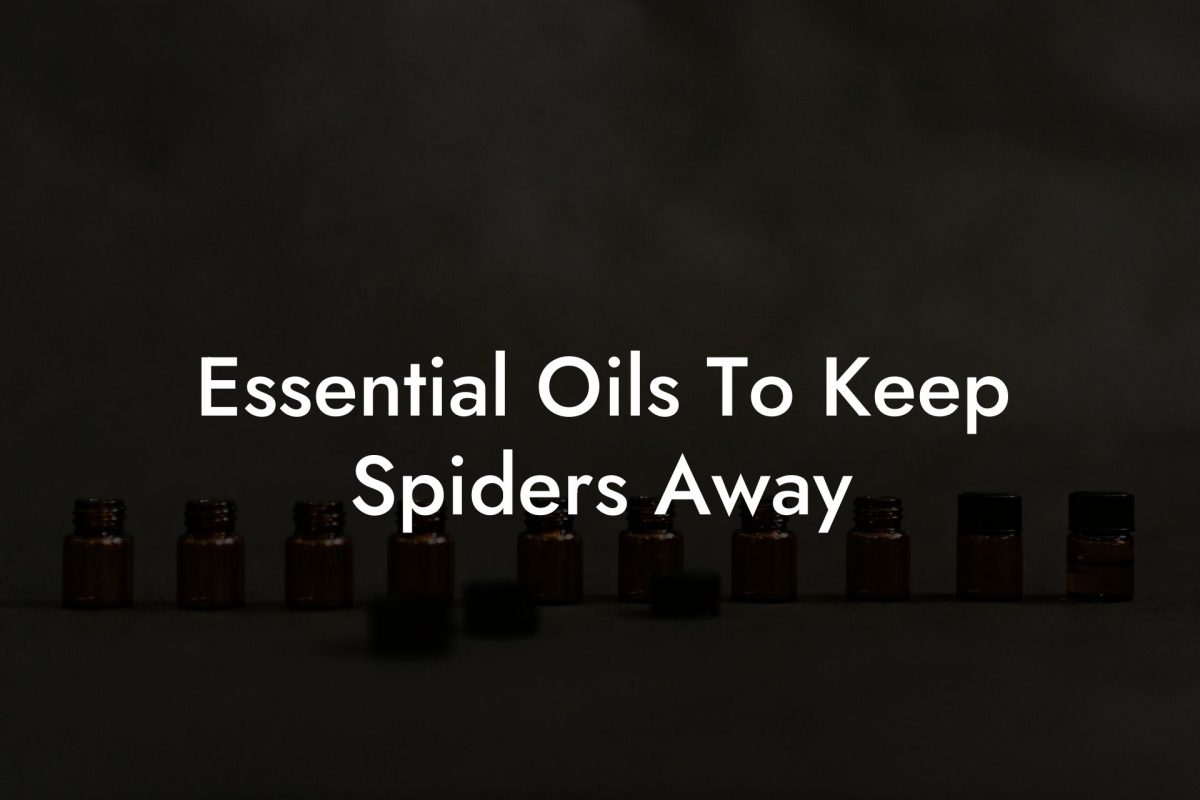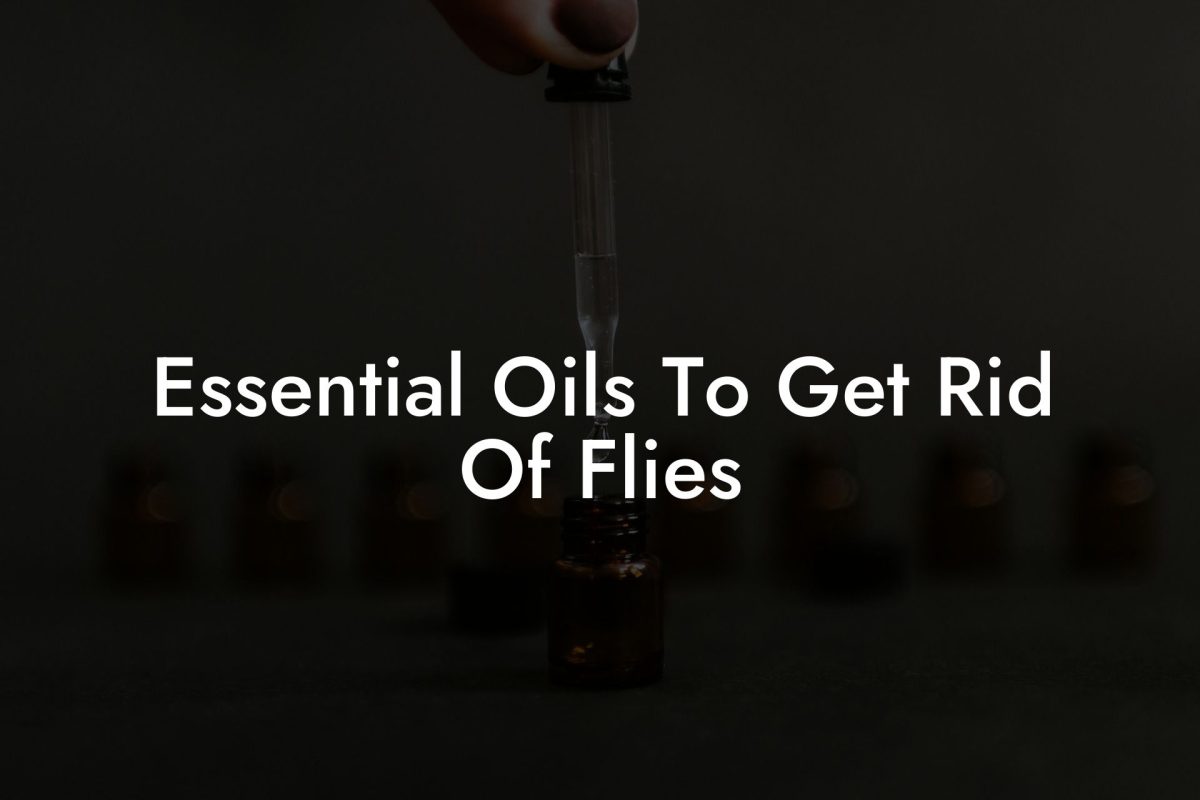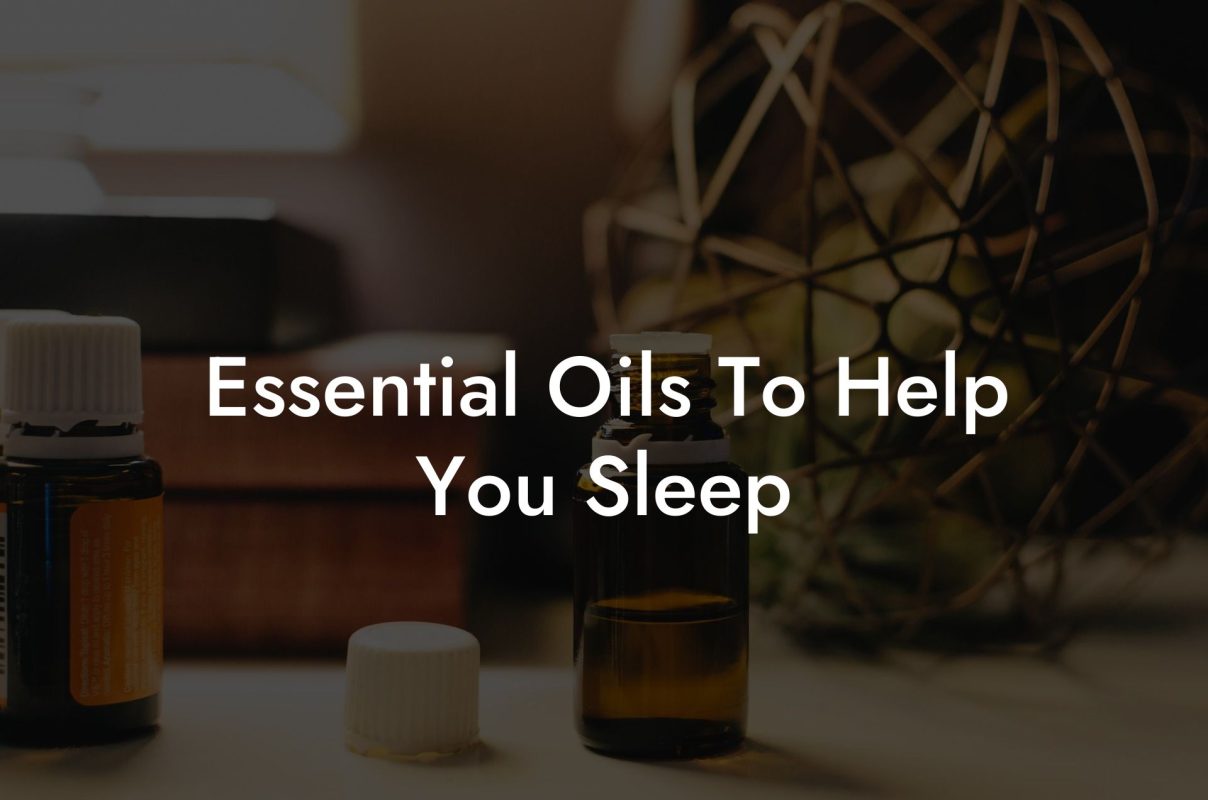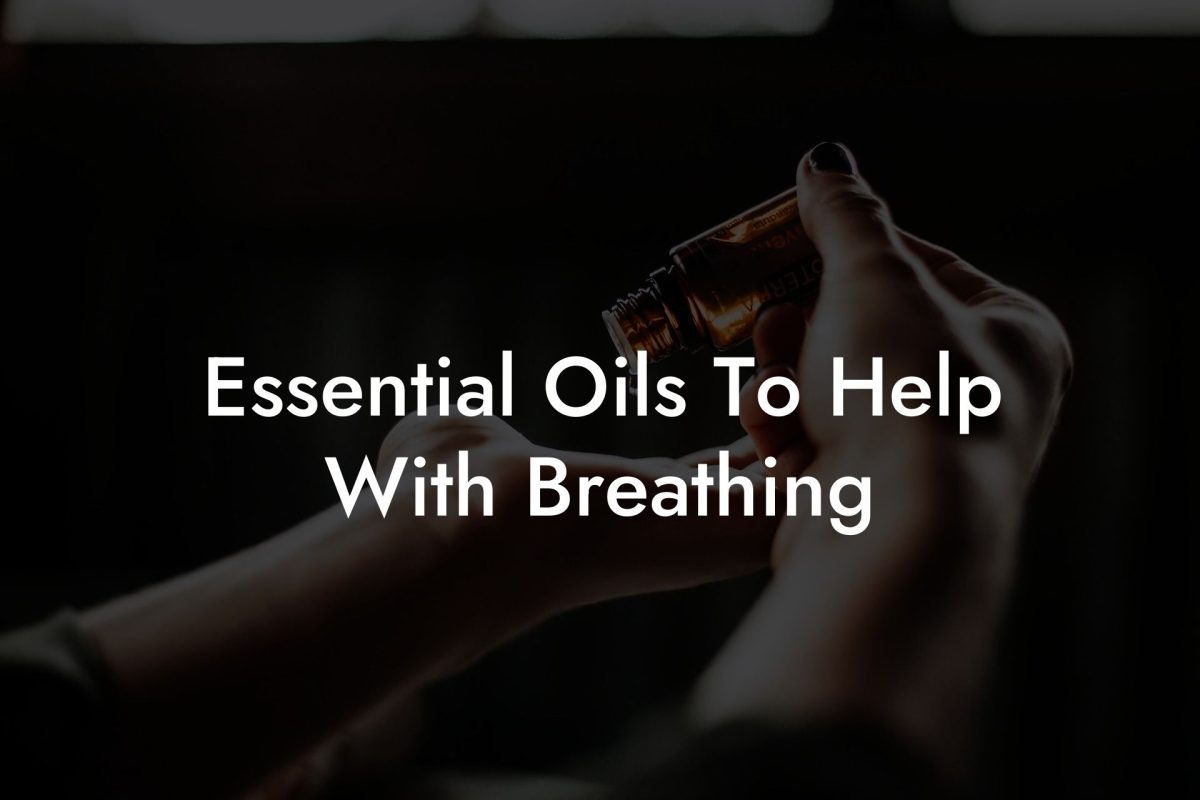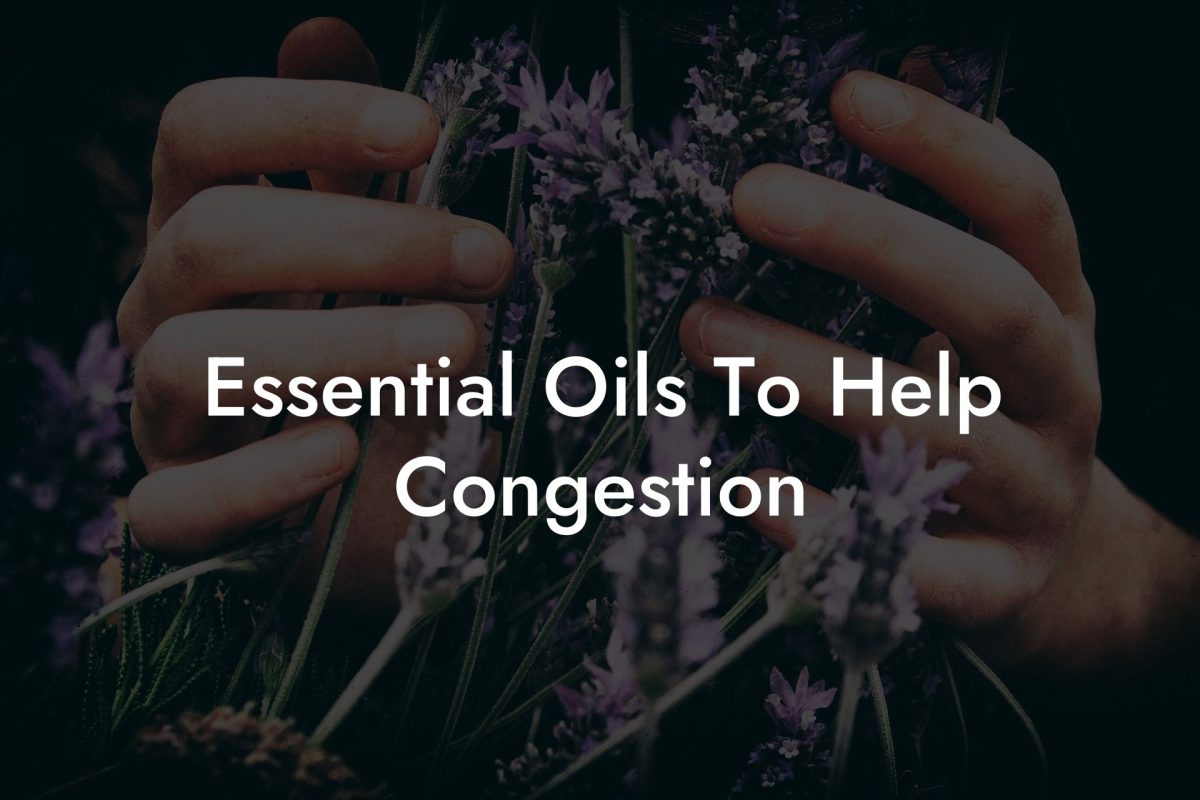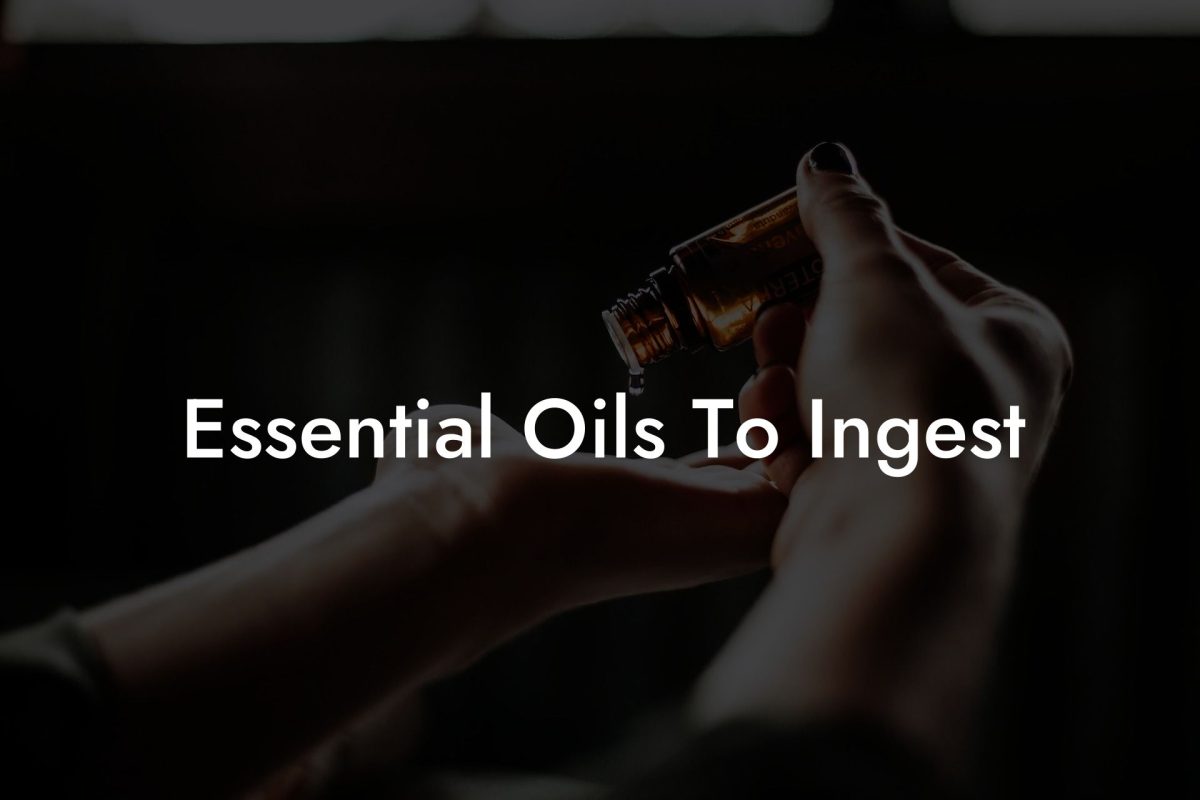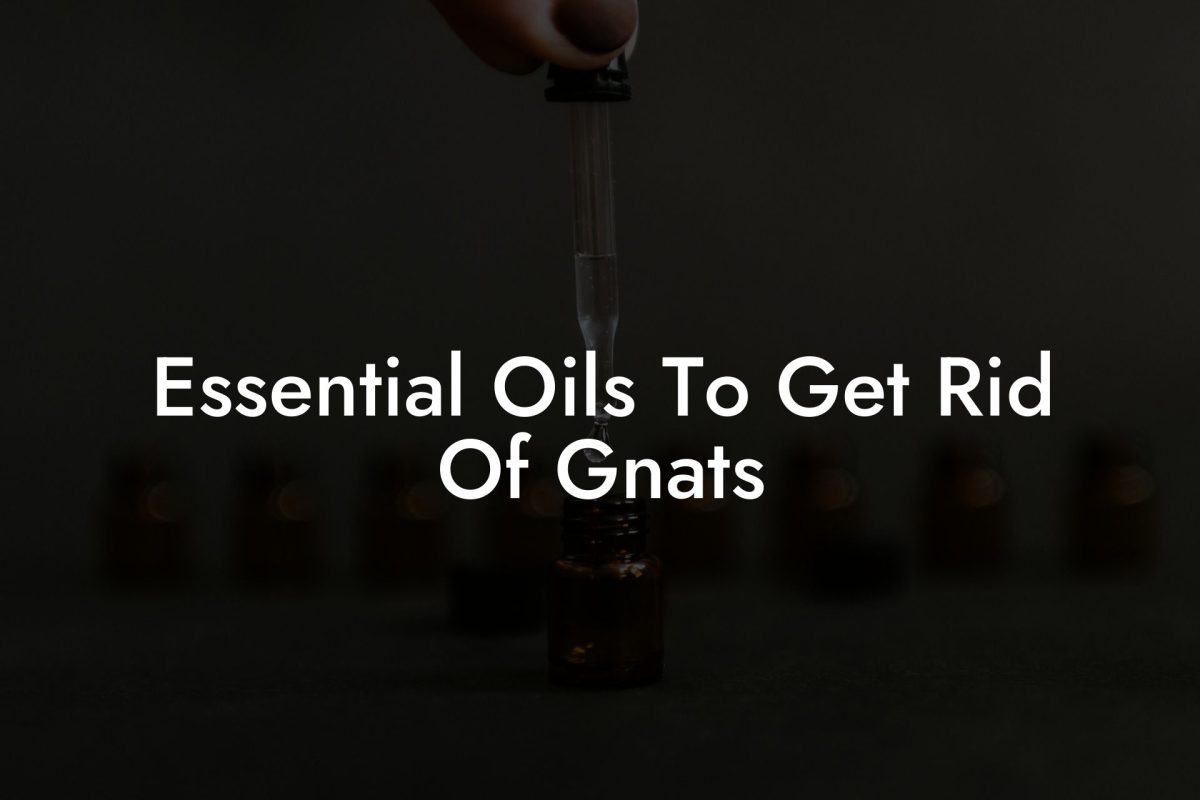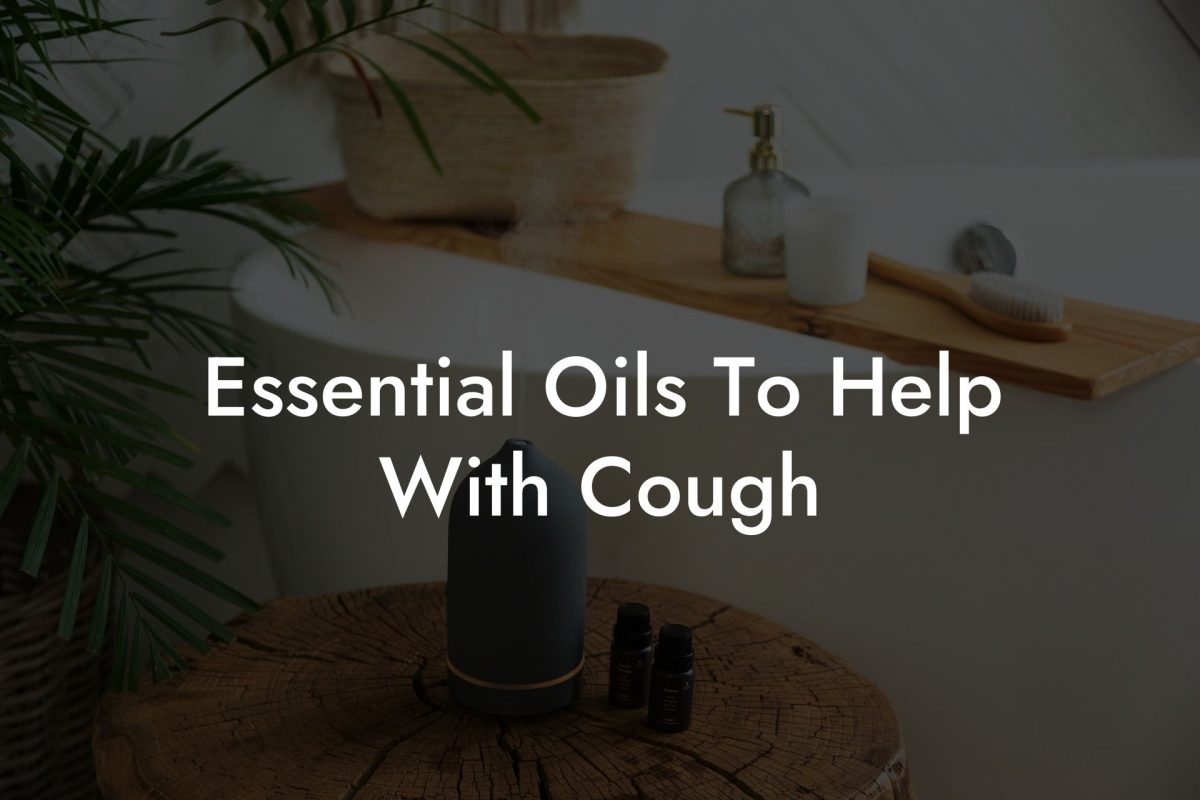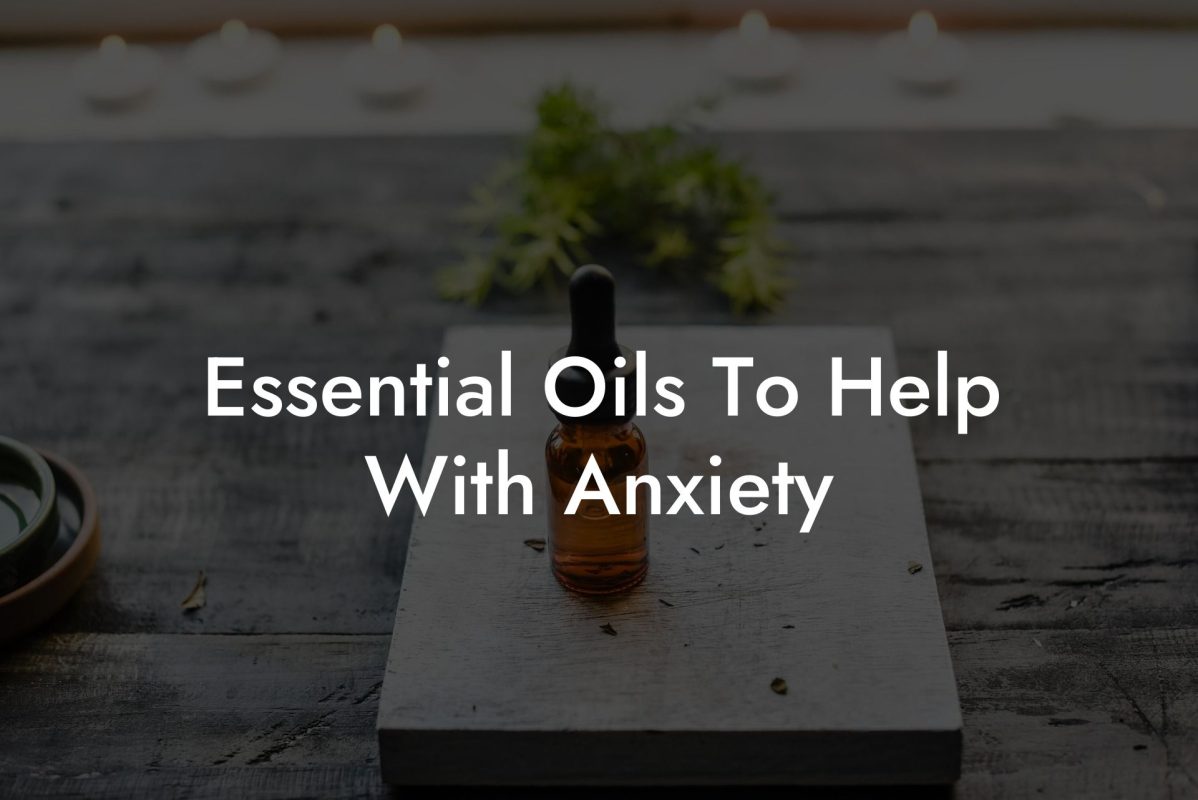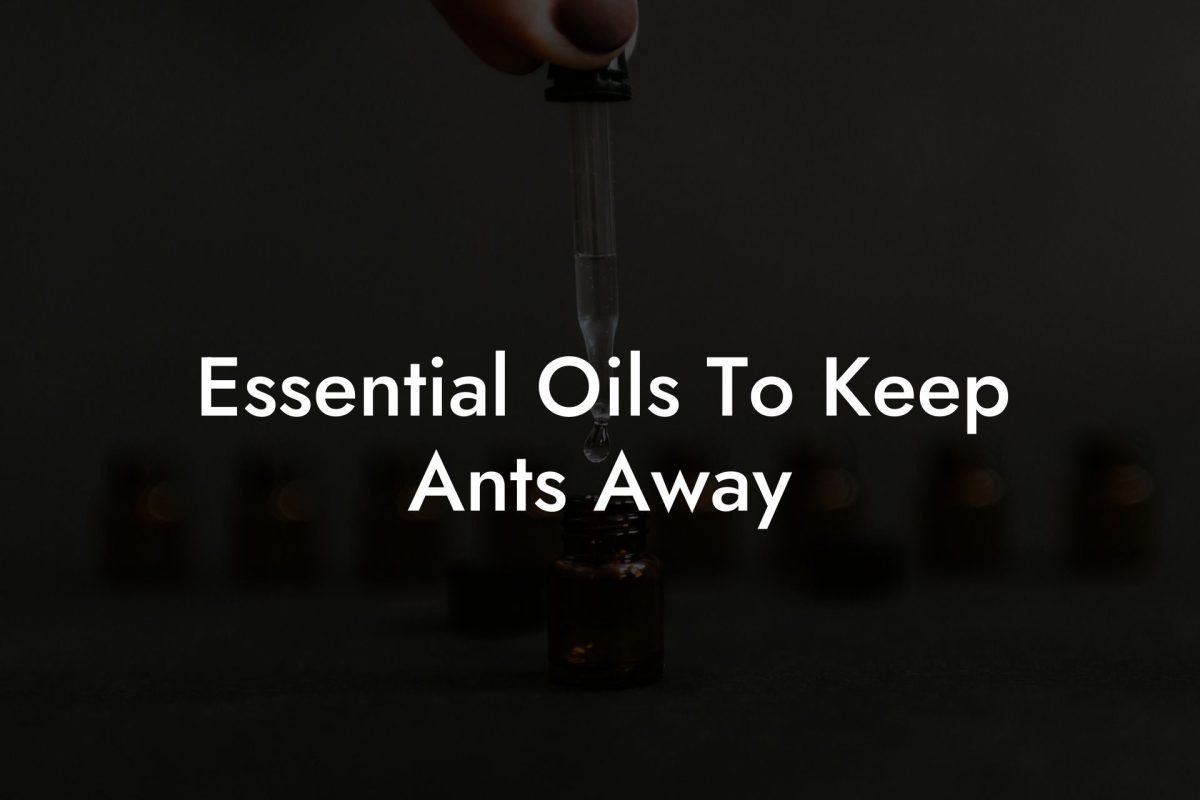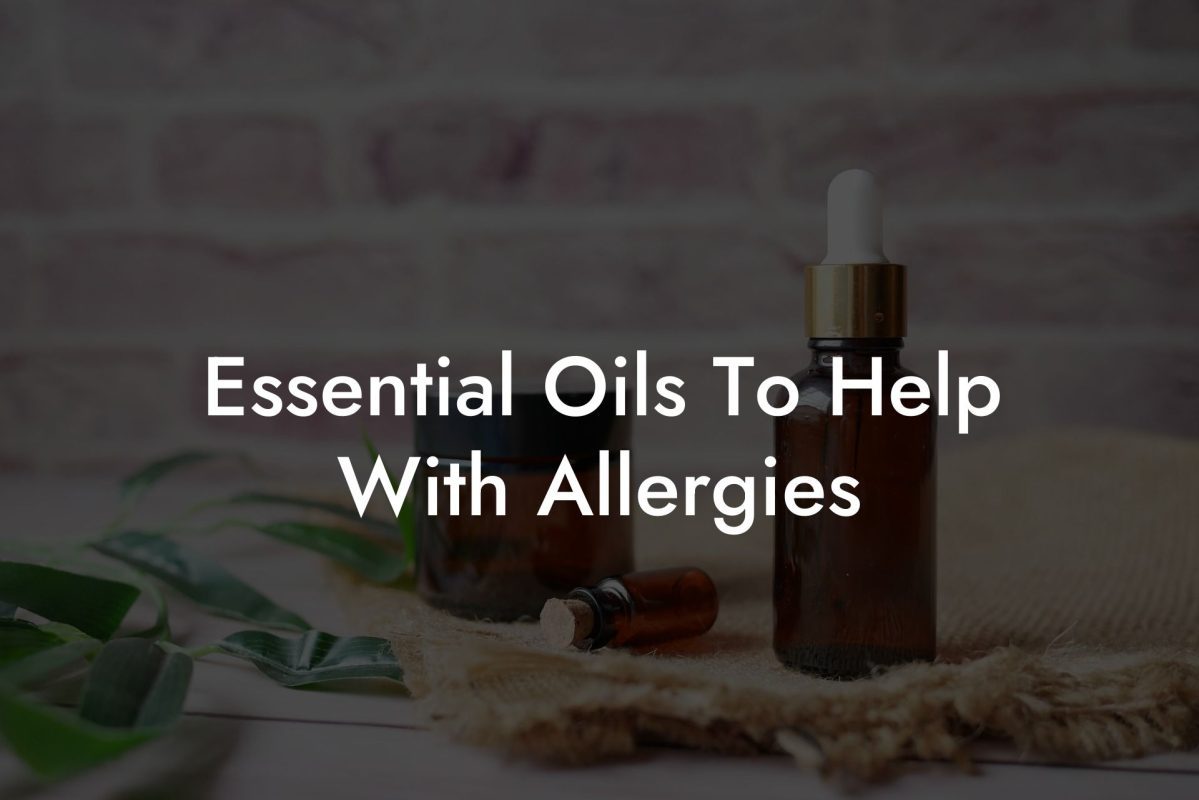Essential oils have become increasingly popular in recent years due to their many therapeutic properties and countless uses. The excitement around these natural, plant-based products has understandably led many people to wonder how essential oils are made. In this article, we will delve into the fascinating process of creating essential oils, offering you an insider’s view of the art and science behind your favorite Oshu Oils products.
Table of Contents
Understanding Essential Oils
Essential oils are concentrated, volatile liquids extracted from the aromatic parts of various plants such as flowers, leaves, stems, roots, and fruits. These oils contain the natural essence and overall character of their respective plants, giving them powerful therapeutic benefits and alluring scents.
Extraction Methods for Essential Oils
To ensure the highest quality oils, artisans employ a variety of extraction methods, depending on the plant material and the desired outcome. Below are some commonly used methods for essential oil extraction.
1. Steam Distillation
Steam Distillation is the most popular method for extracting essential oils from plant materials. In this process, steam is passed through the plant material, causing the fragile aromatic compounds to evaporate. The steam and evaporated compounds are then cooled and condensed back into a liquid, separating the essential oil from the water. The majority of oils, such as lavender, peppermint, eucalyptus, and rosemary, are extracted through this method.
2. Cold Pressing
Cold Pressing is the most common method for extracting citrus essential oils, including lemon, orange, and grapefruit. This mechanical process involves pressing the rinds of the fruits to release the oils. Cold pressing ensures that the delicate aromatic compounds remain intact and maintain their natural properties.
3. Solvent Extraction
Solvent Extraction is used for fragile plant materials that cannot withstand the heat of steam distillation. In this method, a solvent such as hexane or ethanol is used to dissolve the essential oils. The solvent is then evaporated, leaving behind a highly concentrated, pure essential oil, often referred to as an ‘absolute’. Examples of essential oils extracted through this method include jasmine, rose, and vanilla.
Quality Control & Testing
To guarantee the effectiveness and purity of essential oils, rigorous tests are conducted during and after the extraction process. Quality control measures include:
- Gas Chromatography (GC) and Mass Spectrometry (MS) analysis to determine the chemical composition of the essential oils and ensure purity.
- Organoleptic testing, examining the color, clarity, and odor of the oils to ensure they meet the necessary standards.
Making Essential Oils Example:
Let’s take a closer look at the extraction of lavender essential oil as an example. Lavender oil is obtained using steam distillation, a process that can take anywhere from 1 to 2 hours. Fresh lavender flowers are placed in a distillation chamber, and water is heated in a separate chamber to produce steam. The hot steam is then passed through the lavender flowers, causing their essential oil to evaporate. As the steam and evaporated oils exit the chamber, they are transferred to a cooling condenser, which turns the vapor into a liquid mixture. The essential oil and water are gathered in a collecting flask, and, due to their differing densities, the lavender oil naturally separates from the water. The result is a beautifully fragrant, high-quality lavender essential oil, ready to soothe your mind and body.
Now that you have a deeper understanding of the extraordinary process behind making essential oils, you can appreciate the dedication and expertise that goes into crafting each bottle of Oshu Oils. From the careful selection of plant materials to the meticulous testing of each batch, the Oshu Oils team is committed to delivering the best essential oils to enhance your wellbeing. If you enjoyed this article and want to learn more, we invite you to explore our other blog posts and complete guide to essential oils & aromacology. Finally, be sure to browse our range of essential oils to experience the exceptional quality of Oshu Oils for yourself – and don’t forget to share this article with fellow enthusiasts!

